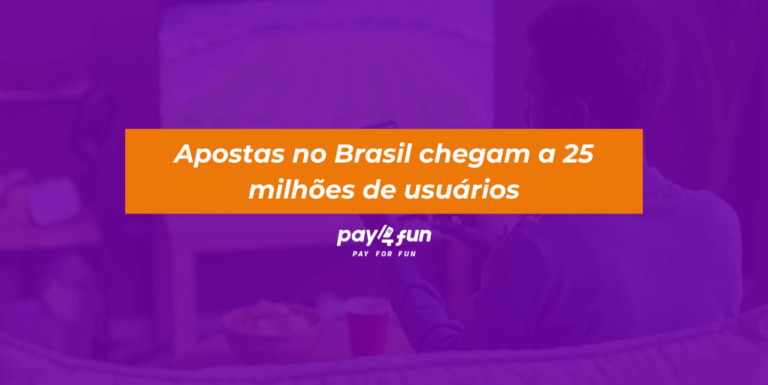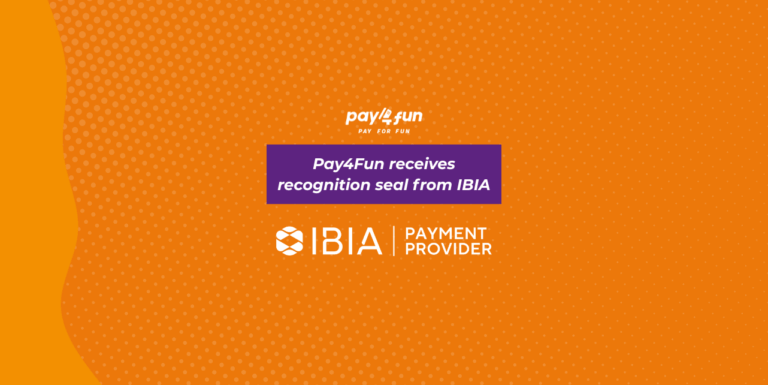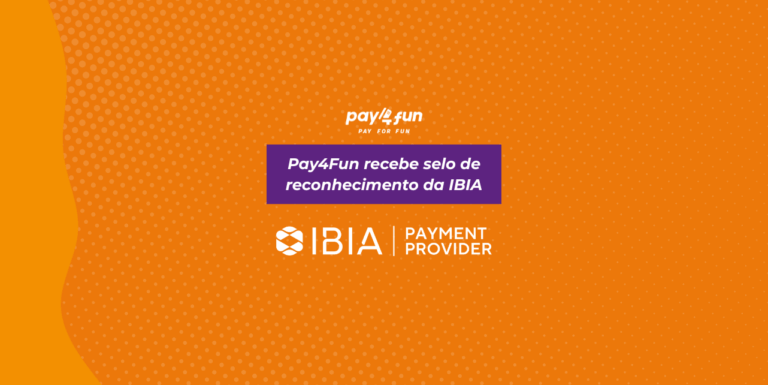Get to know some surprising data on Brazilians’ migration to digital payments
We can say that the growth of digital payment methods in Brazil is not so recent. However, with the digital expansion scenario, e-commerce growth and the contingency created to contain the Covid19 pandemic, we can say that digital payment methods really exploded in the Brazilian market.
To give you an idea, the Central Bank released in 2020 detailed data on the payments sector in Brazil. The study “Retail and Card Payment Statistics” demonstrates that the use of digital means of payment continues to grow among us.
In 2020, transactions carried out on mobile devices such as cell phones and tablets reached 46,113 million. These numbers represent a 35% increase compared to 2019, which had 34,170 million operations.
In relation to payment of bills, taxes and credit transfer, mobile and digital channels have also fallen in favor of Brazilians, comprising 37% of these payments. Last year, 3,957 million operations were carried out with these purposes, 35.4% more than in the previous year (2,922 million).
The growth in the use of prepaid cards is also a highlight in BC’s statistics. In an analysis of retail payments and withdrawals, made between the fourth quarter of 2018 and 2020, the importance of prepaid cards increased from 0.4% to around 8% in the period. This expressive growth reflects the increased participation of payment institutions in this market since prepaid cards are mostly offered by this category of institution.
What are the most popular digital payment technologies?
The most recent payment methods technologies that have become widely used in Brazil are:
PIX
PIX is currently the sensation of the digital payments market in the country. It was launched by the Central Bank in 2020. Through simple keys enabled by companies that have the technology, the user makes payments at any time, including weekends and holidays, without charging fees.
QR Code
QR Code is a way to make payments at a distance, using the smartphone camera to code. QR Code payments occur very quickly and securely.
The QR Code can also be present at points of sale, helping the stores to interact with different companies in the payment chain, through credit or debit cards.
Contactless
Contactless payments became very popular due to the Covid19 pandemic, as they provide contactless payments with card machines, also eliminating the need to enter a password.
Some other technologies, such as CPF Token, are still not as popular in the country, but they could be trends for years to come.
What is the future of payment methods in the Brazilian market?
What can we expect in the future regarding payment methods in our country? For our reflection, let us consider the current economic and social scenario.
Many economic activities that were stagnant during 2020 are coming back in full force. The success in controlling the pandemic has allowed many activities restricted to the online world in 2020 to get closer and closer to normal. Thus, events, travel, work, study and in-person purchases will certainly resume their growth.
Does this mean that there will be a drop in the use of digital payment methods? Of course not!
The best word for the future of payments in Brazil is convergence. The real world will continue to be full of digital payment technologies and these will facilitate people’s social interaction.
The cash will remain present. However, the security and ease of online transaction methods will be a great differentiator for the new post-pandemic real life.
Following these trends, Pay4Fun has launched several products, with the objective of making the experience of our customers and partners more and more satisfying.
Pay4Fun uses all the technology of digital payment methods, combined with an excellent service. Today, technology is paramount, but the human being remains at the center of every successful enterprise. That’s why the care with the service and support to customers and partners is paramount at Pay4Fun.
Want to learn more and more about financial technology? Follow Pay4Fun’s blog.






